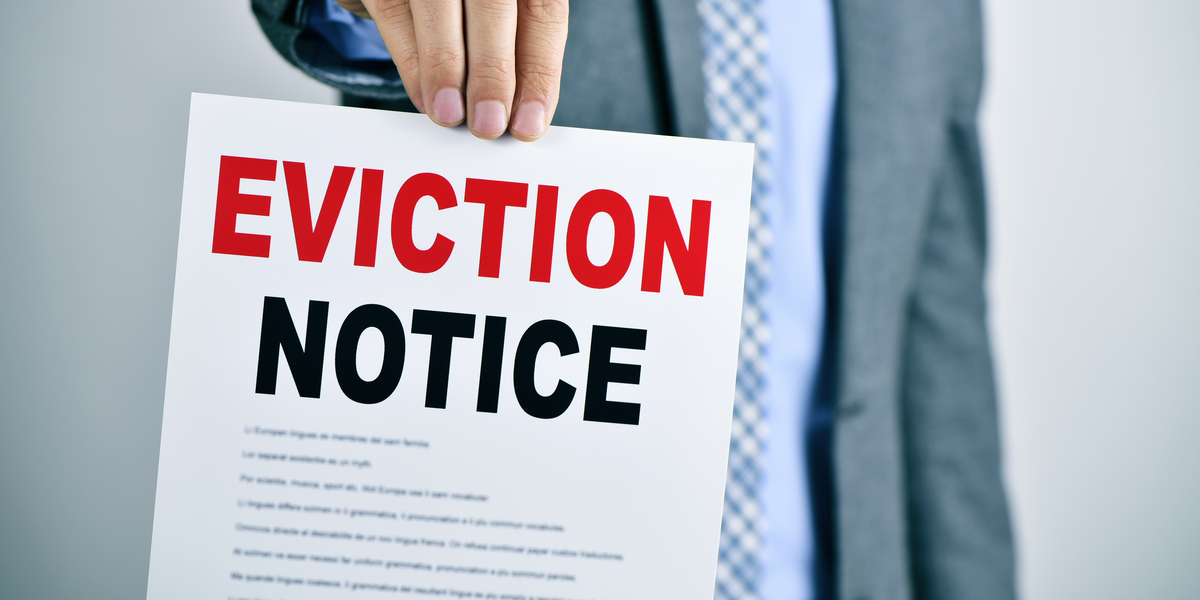Writing A Waiver Of Penalty Letter
A waiver of penalty letter is a formal request in writing to waive a penalty that has been imposed on you. For instance, you may be given a citation, a penalty fee, or a new financial obligation. If you feel that such is undeserved, or if you feel that it would unfairly affect you, then you can ask for it to be waived. That said, there is no guarantee that the issuing agency will give in to your request, but it never hurts to ask.
It is very important, however, that your waiver of penalty letter is formal. Exactly what should be included in the letter will vary depending on what type of penalty you are facing. That said, the entity that you are dealing with will likely have certain terms and conditions that will determine whether or not you are eligible to have your penalty waived. Hence, before you begin writing your letter, you have to make sure that you have looked into the different terms and conditions, thereby making sure whether or not you qualify.
How to Write a Waiver of Penalty Letter
You should always start your letter formally, explaining first why you are making such a request. You must make sure that the entity to whom you are writing to understands exactly which fees you are referring to, and whether you are requesting a full waiver or perhaps any other form of modification to the imposed penalty.
You should also provide any supporting information that you have, in as much detail as possible. List dates, places, people involved, costs incurred, venues, and so on. Do not, however, exaggerate your assertions. Similarly, you should not be emotional. The entity you are writing to cares about facts, not about feelings.
When you are ready to send your letter, you must make sure that it includes any documented evidence that you may have. This includes copies of receipts, witness statements, email printouts, photographs, and anything else that you may have that supports your statement or request. Do also make sure that you keep your own copy of all of the documents and that you send the letter via registered post, and that you get a receipt as well.
Reasons to Write a Waiver of Penalty Letter
There are a number of situations in which you may want to write a waiver of penalty letter. These include the situation when:
- You want to have your bank charges waived.
- You have been denied a visa due to a criminal history and have incurred a penalty for this. You may then also want to write a letter appealing the decision itself.
- You have been hunting and have been told that you did not do so in the legally accepted manner.
- You paid a bill late, such as a credit card bill, and incurred a late payment fee.
The above are just four examples of situations in which you may want to write such a letter. Essentially, in any situation where you may have to pay a penalty, you could write one. However, do be aware that there is no guarantee that your penalty will actually be waived.
Waiver Of Penalty Letter Example
{Name}
{Address}
{Phone #}
{Date}
Dear {creditor}:
I am writing to request that you waive the penalty of {amount} on account number {number}. It’s true that I paid {number} days late, but there were extenuating circumstances.
For {number} years I have made monthly payments on this debt, without exception. I know the due date by heart and it is also marked on my calendar.
However, {on or around the most recent} due date, I suffered extreme hardship in the form of {accident/injury/death in the family/other emergency}. As you can imagine, my priorities instantly shifted. It wasn’t until {situation resolved} that I took a look at my missed bills and other responsibilities and realized that {creditor} was among them.
I promptly resumed payments at that time, but it was too late to avoid being assessed the late fee. I’m also concerned that this will cause my interest rate to rise, or that it will otherwise affect my good credit.
Please consider reversing the fee in light of these unusual, one-time circumstances. I wish to remain in good standing with your {company/agency}.
Appreciatively,
{Sender Name}










